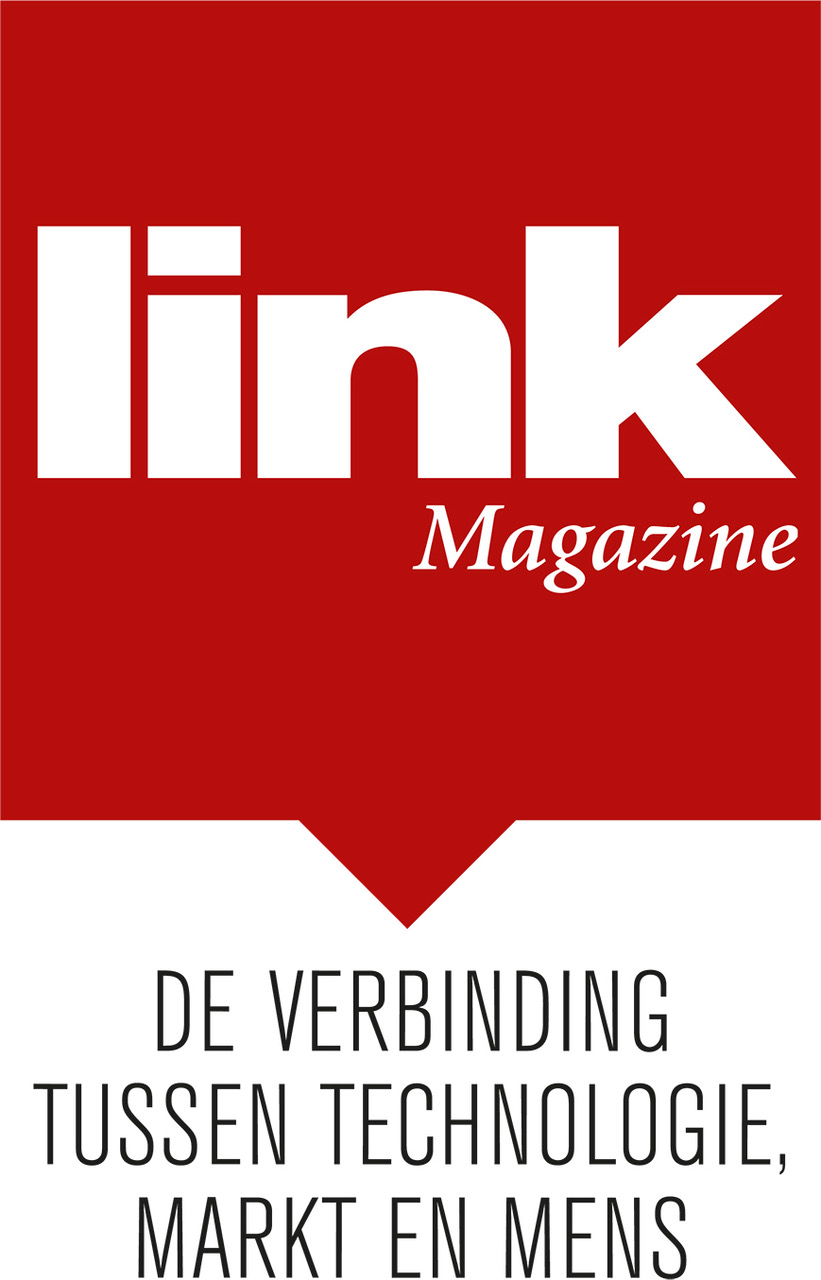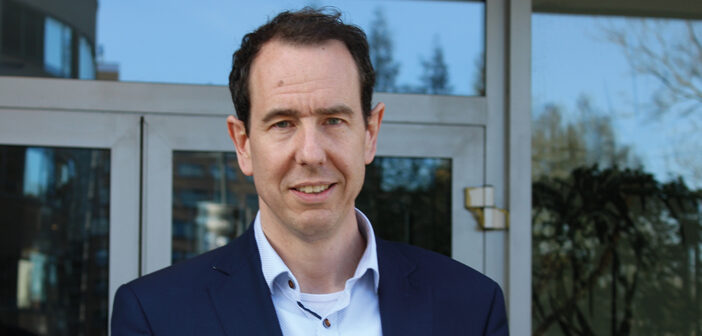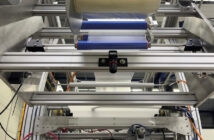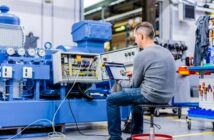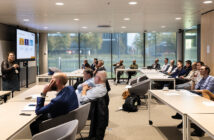The use of artificial intelligence (AI) in industry is booming, especially in the software sector and medtech. It is often used for analysing large databases, but also for developing innovations and that creates new IP (intellectual property). However, this is only patentable if it does not consist solely of software. Bert Kneepkens from IP agency AOMB explains how you can protect AI against infringement with IP.
AI system as an operating room assistant or maintenance predictor
Shaped by his profession, patent agent Bert Kneepkens is a man of careful wording. In answer to the opening question ‘can AI be effectively protected against IP infringement?’ he immediately gets stuck on the word ‘effectively’. ‘Because that’s a relative term that means something different for everyone. A better formulation of the question would be Can AI be protected, yes or no?’, he explains. But neither is it a question to which he can answer with a simple ‘yes’ or ‘no’. It depends on what exactly is meant by ‘AI’.
Patentable as a part
‘Everything’, he begins his explanation, ‘is in principle patentable. But there are exceptions such as natural phenomena, abstract ideas, mathematical theories and discoveries that are not the result of human effort. E=MC2, for instance, is an expression of a physical phenomenon that, like the Pythagorean theorem, is excluded from patenting. And that also applies to software as such. Because that concerns text, either in the form of source code or as embedded code and is therefore subject to copyright.’
The latter is relevant to the answer to the question asked. Because AI is software. ‘Yet it can be patented, as long as it is not software as such. That requires a different approach. For instance, if the software is interpreted as part of a system that also includes hardware, it is possible. So AI and the algorithms it uses may be patentable as part of, for instance, a system with a camera to check products for the correct quality’, he defines.
New and inventive
Whether this is actually the case depends on whether two other requirements are met: the invention must be ‘new’ and ‘inventive’. ‘A wheel obviously cannot be patented, that is not new. If you add a special configuration of spokes, it is new. However, it only becomes inventive if that configuration solves a problem in a non-obvious way. These requirements are no different for AI. If, as a bicycle manufacturer, you are able to discover manufacturing defects in your bicycles with a certain existing AI model, the application may be new. However, the question is whether it is inventive to use this existing model for this new application. When you use a spanner as a hammer, that is new. But is it inventive? Even then it depends on whether you solve a problem in a non-obvious way. If the spanner has been redesigned for this purpose, then that’s a good indicator of inventiveness.’
AI is booming
In his practice at the Eindhoven IP agency AOMB, Kneepkens has noted that demand for patents for AI systems has increased significantly over the past two years. A growth that is especially visible in the software market segment; interest from high-tech mechanical engineering has increased less strongly. ‘An understandable trend because both software and AI are in the digital domain. Although AI will certainly play a role in machines such as those from ASML, for instance, in production quality assurance software, new technologies such as quantum computing and photonics are of greater importance in the high-tech sector. But the application of AI in the biotech and medtech sectors is really booming.’

Link magazine special 2024: The Dutch High-Tech Industry and the European Ecosystem: stronger together. Read this edition digital.
Well-informed OR assistant
For instance, Kneepkens recently had an inventor at his desk who is developing an AI system to improve operations on brain tumours. ‘If someone is suspected of having a brain tumour and surgery is required, the skull must be removed. Biopsies are taken to determine which type of tumour it is and therefore how drastic the cut needs to be. However, its analysis takes a long time. And of course the skull cannot remain open for that long. Thanks to impressive AI, the surgeon can now determine during the operation which type of brain tumour the patient has, allowing him to more accurately determine what is tumour tissue and what is not. The AI system makes it possible to process enormous amounts of data from millions of previous operations and perform complex analyses. When fully developed, this system can function as a super-informed operating room assistant and bring about a revolution.’
Predicting maintenance
Machine builders also visit AOMB to patent systems equipped with AI. A manufacturer of packing machines recently contacted us to improve the maintainability of its equipment using artificial intelligence. ‘There’s a global shortage of maintenance engineers, so you want to deploy them as targeted as possible. By analysing the data flows from sensors in the machines with AI, malfunctions can be identified at an early stage. For instance, from specific vibrations, AI can deduce that a certain axle is starting to show wear and needs to be replaced within two months. This prediction makes scheduling the work of engineers easier. This also prevents unexpected and therefore by definition expensive disruptions.’
Setting boundaries on AI
Both examples concern AI that can probably easily be patented. Because it is new and inventive and not software as such, but part of a complete system, as Kneepkens explains. AI can also be of added value in his own field: ‘Having a human assess inventiveness is subjective. If you ask a hundred officials from the European Patent Office to give an opinion on the same invention, you will get a hundred different answers. AI can play a role in making that opinion more clear, so the outcomes for comparable cases are more predictable. That offers inventors a more level playing field.’
He concludes with a personal outpouring: ‘AI fascinates me, more and more. In a few years, artificial intelligence will also have humour and sadness, all those things that make us human… It’s up to humans to set the right boundaries on AI in a timely manner.’
